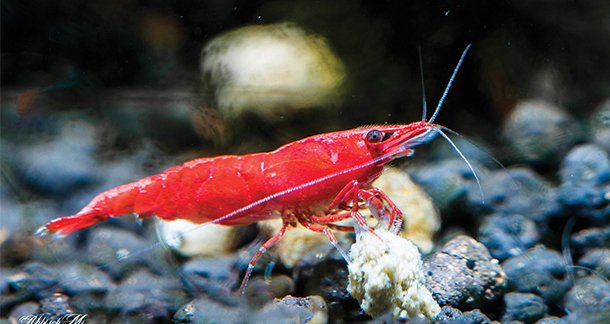By Abhisek Mallick*
From my childhood I was always fascinated towards smaller animals as nature might have made them micro but packed them with macro colors when viewed.
During my MBA days in Bangalore, I got exposed to aquarium shrimps and it was love at first sight. I started keeping red cherry and then within 2-3 months, moved to crystal red (caridina cf. cantonesis), and bred them in few weeks time. Post that there was no coming back.
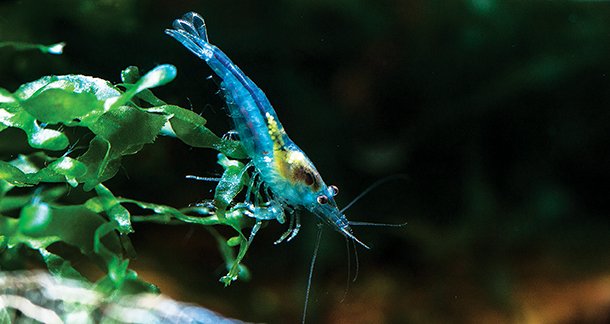
As a history on how these shrimps got introduced into aquarium hobby. it will be primarily due to Late Takashi Amano introducing Yamato Shrimp (Caridina Multidenta) into planted aquariums for their algae cleaning prowess and prominent old school breeders from Japan Hiyashu Suzuki noticed this variation and then started breeding the same. Post Japan’s introducing these shrimps into hobby, Europe and other Asian countries like Taiwan started producing them in mass scale.
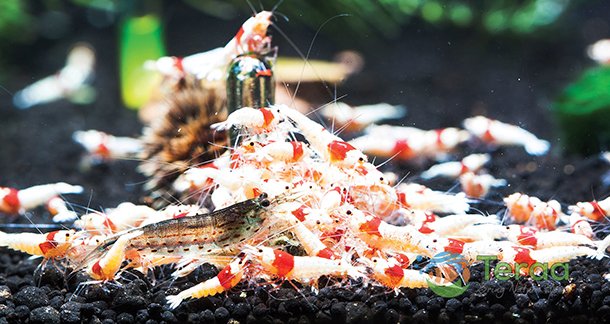
Now primarily shrimps are into two genus – Neocaridina and Caridina.
Neocaridina contains shrimps like red cherry, fire red, green jade bloody mary, yellow golden back, black rose, orange, blue dream along with rilis.
Caridina contains shrimps like crystal red, crystal black, tiger shrimps (wild tiger, tangerine tiger, orange eye blue tiger, orange eye black tiger, red tiger), Taiwan bee (kangkong, blue bolt, wine red and their finer grades), pinto varities and many more.
Both these shrimp genus have different requirements –
Neocaridina –
Generally easy to keep and preferred mostly by hobbyist who are starting shrimp keeping or who have moderate experience. These can withstand a wide range of water parameters. But I had good success in keeping them in these ranges
Ph – 6.5-7.5
GH – 4 to 12 dGH
Kh – 0-8 dKH
TDS –
ideally 300-500ppm. Again TDS is a controversial thing as this solely doesn’t give indication of the mineral content in the water, so if you are using RO water plus remineralizer then this can be used as a yard stick.
Temperature –
Less than 28c. Many other people might have experience in keeping them at higher temperatures, but the baby survival rate decreases drastically post 28c.
Tank Size –
A cube of 1ft and above should be good
Soil –
Any inert soil like granite chips should be good.
Plants –
As per hobbyists choice but if shrimp only tank then fern, anubias, buceps, mosses are ideal for their easy maintenance.
Cross breeding –
Generally not suggested to keep multiple color at a same tank as these revert back to their wild color when cross breed. Selective breeding can be good thing to do.
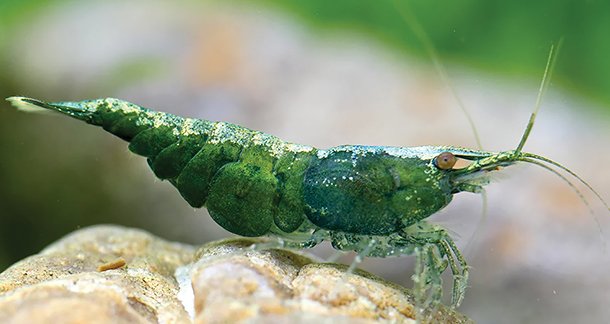
Caridina –
My favourite genus, as these teaches a lot. If you have interest to know more about water chemistry or try cross breeding go with them. These can be kept with any one if you maintain the basics properly. From 2010 till date these are the parameters I maintain for them –
|
Shrimp Type |
Bee Shrimp & Its subsidiaries |
Tiger shrimp |
|
Ph |
6.0 to 7.0 |
6.5 to 7.5 |
|
GH |
3 to 6 dGH |
4 to 12 dGH |
|
Kh |
0 to 1 dKH |
0 to 8 dKH |
|
TDS* |
100-180ppm |
300-500ppm |
|
Temperature |
<25c |
<25c |
|
Tank Size |
50lt and above |
50lt and above |
|
Soil |
Active Soil |
Active Soil or Inert |
|
Plants |
As per hobbyist choice |
As per hobbyist choice |
|
Cross Breeding |
Possible produces many new varieties. You should explore. |
|
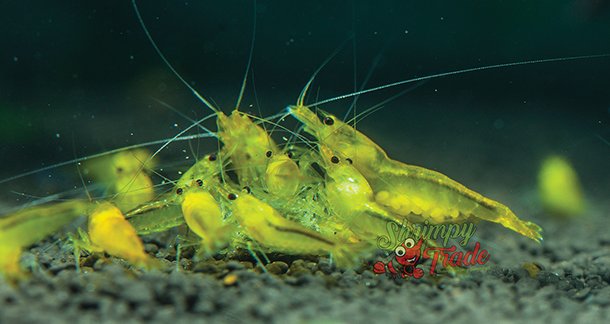
*Again TDS is a controversial thing as this solely doesn’t give indication of the mineral content in the water, so if you are using RO water plus remineralizer then this can be used as a yard stick.
If you are keeping these shrimps and are unsure of your water quality what you receive in your homes, ideally would be to use RO water with shrimp remineralizer as these shrimps are sensitive to water parameters. Any fluctuations, presence of chemicals, heavy metal will lead to sudden demise of the entire colony. If you are getting good quality tap water on consistent basis do ensure that it doesn’t contain any of the above, I flagged.
Feeding –
Generally as these are at bottom of food chain can eat anything and everything. In wild these grazes on dead fishes, insects, decaying plant materials etc. But the ones in hobby are selectively breed from a longer time, so they would need specific diet for their wellbeing. Ideally one single pellet or food cant provide the same, so a mix of different feed will be same. Vegetable based matter increases their coloration and protein (animal) increases their growth, female(s) egg holding capacity. And baby shrimps or shrimplets need powder food for their initial growth. While selecting a feed do ensure it contains calcium as they would need them for successful molting and shrimps can only intake their vitamins, minerals from their feed not from water column. Avoid feeding fish food to shrimps as fish food contains higher amounts of protein which are not good for shrimps at longer run.
To conclude, I would like to say that shrimp keeping is easy. With 14+ years in breeding them, interacting with international breeders and participating/judging international shrimp competitions I can only say that shrimps need stable water parameters (RO+remineralizer), lower temperatures, a stable and mature tank, good diet. Always remember there is no treatment for shrimps, so you need to be proactive than reactive.
About the Author
Abhisek co-founded Blue Vale Lifetech LLP with his mother. Abhisek holds one patent and has applied for another in the pet feed segment. In addition to his work in aquaculture, Abhisek is involved in the fintech sector, where he collaborates with central and international government tax agencies.

